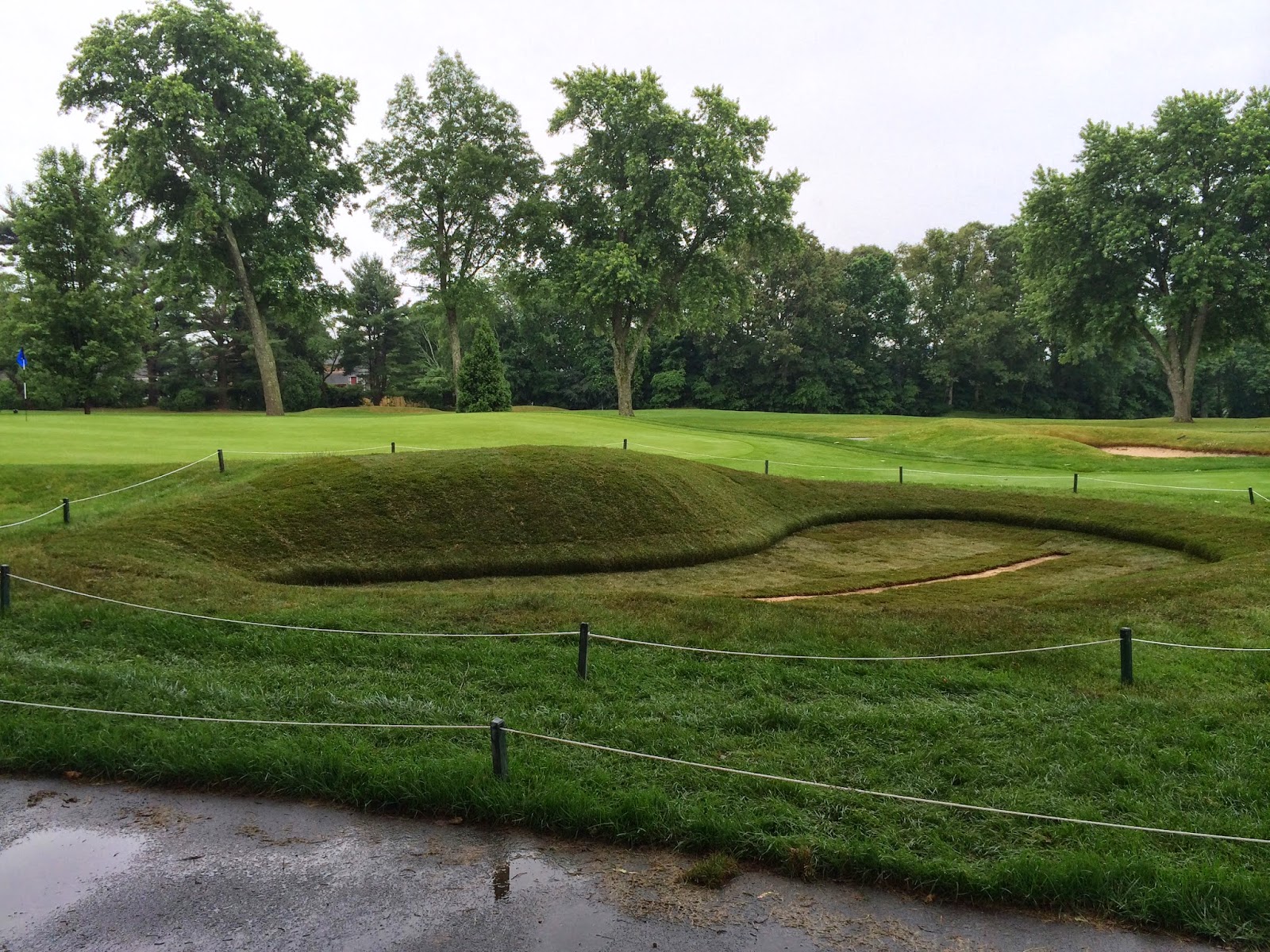This morning sod was delivered and installed in the bunker on the front left of the 1st hole. Sod was also installed in the bunker floor. It will serve as an organic liner that will help to stop rocks and subsoil from mixing in with the new sand. We will wait about a week and a half for the sod to take root and then fill the bunker with sand. Please remember, do not walk in the bunker for any reason. Until the sod takes root the edges and faces of the bunker are extremely unstable. We left a ball retriever next to the bunker in case your ball lands inside of it.
BEFORE
AFTER
BEFORE
AFTER
























